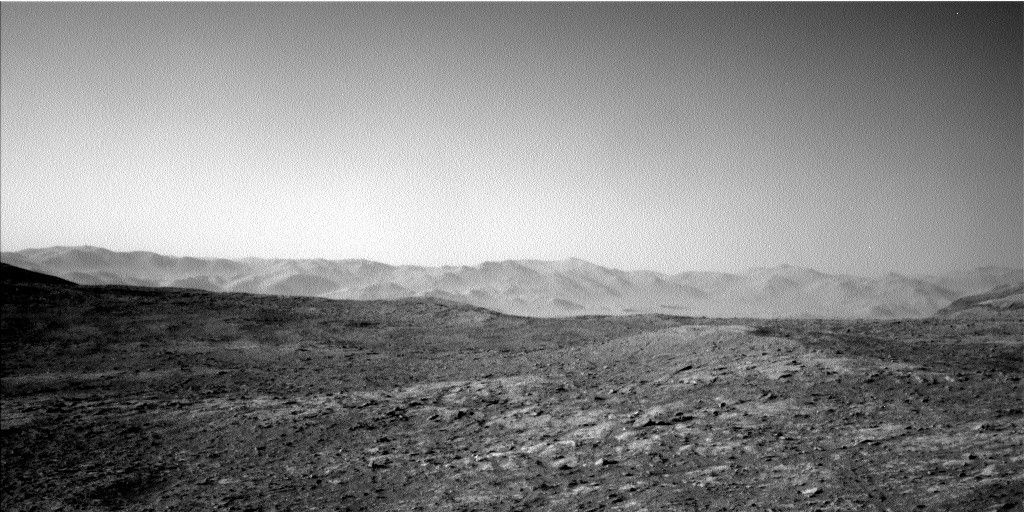Curiosity Navigation Curiosity Home Mission Overview Where is Curiosity? Mission Updates Science Overview Instruments Highlights Exploration Goals News and Features Multimedia Curiosity Raw Images Images Videos Audio Mosaics More Resources Mars Missions Mars Sample Return Mars Perseverance Rover Mars Curiosity Rover MAVEN Mars Reconnaissance Orbiter Mars Odyssey More Mars Missions Mars Home 2 min read
Curiosity Blog, Sols 4580-4581: Something in the Air… 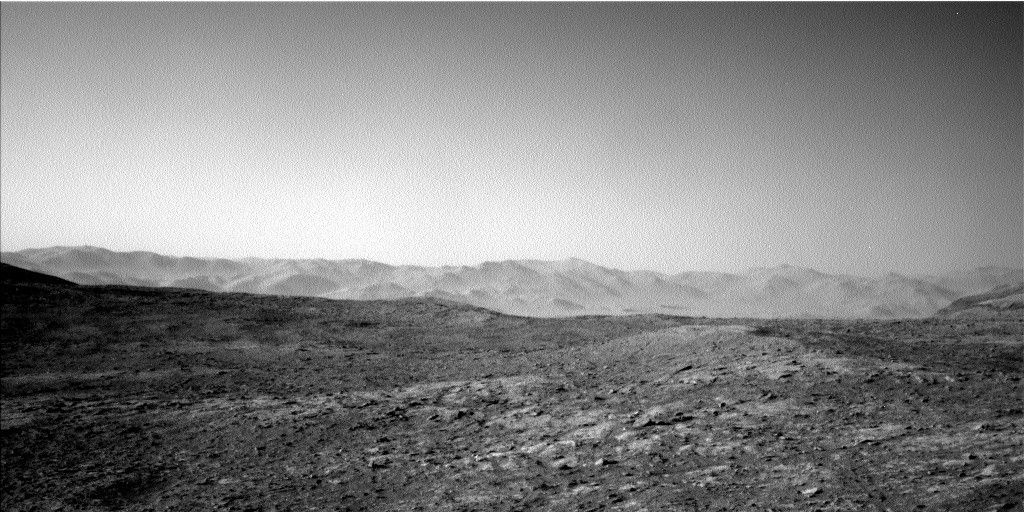 NASA’s Mars rover Curiosity acquired this image using its Left Navigation Camera on June 23, 2025 — Sol 4578, or Martian day 4,578 of the Mars Science Laboratory mission — at 02:38:50 UTC. NASA/JPL-Caltech Written by Scott VanBommel, Planetary Scientist at Washington University in St. Louis
NASA’s Mars rover Curiosity acquired this image using its Left Navigation Camera on June 23, 2025 — Sol 4578, or Martian day 4,578 of the Mars Science Laboratory mission — at 02:38:50 UTC. NASA/JPL-Caltech Written by Scott VanBommel, Planetary Scientist at Washington University in St. Louis
Earth planning date: Monday, June 23, 2025
Curiosity was back at work on Monday, with a full slate of activities planned. While summer has officially arrived for much of Curiosity’s team back on Earth, Mars’ eldest active rover is recently through the depths of southern Mars winter and trending toward warmer temperatures itself. Warmer temperatures mean less component heating is required and therefore more power is freed up for science and driving. However, the current cooler temperatures do present an opportunity to acquire quality short-duration APXS measurements first thing in the morning, which is what Curiosity elected to do once again.
Curiosity’s plan commenced by brushing a rock target with potential cross-cutting veins, “Hornitos,” and subsequently analyzing it with APXS. A sequence of Mastcam images followed on targets such as “Volcán Peña Blanca,” “La Pacana,” “Iglesia de Jarinilla de Umatia,” and “Ayparavi.” ChemCam, returning to action after a brief and understood hiatus, rounded out the morning’s chemical analysis activities with a 5-point analysis of Ayparavi. After some images of the brush, and a handful of MAHLI snaps of Hornitos, Curiosity was on its way with a planned drive of about 37 meters (about 121 feet).Curiosity’s night would not be spent entirely dreaming of whatever rovers dream, but rather conducting a lengthy APXS analysis of the atmosphere. These analyses enable Curiosity’s team to assess the abundance of argon in the atmosphere — from a volume about the size of a pop can (or soda can, depending on your unit of preference) — which can be used to trace global circulation patterns and better understand modern Mars. Recently, Curiosity has been increasing the frequency of these measurements and pairing them with ChemCam “Passive Sky” observations. These ChemCam activities do not utilize the instrument’s laser, but instead use its other components to characterize the air above the rover. By combining APXS and ChemCam observations of the atmosphere, Curiosity’s team is able to better assess daily and seasonal trends in gases around Gale crater. A ChemCam “Passive Sky” was the primary observation in the second sol of the plan, with Curiosity spending much of the remaining time recharging and eagerly awaiting commands from Wednesday’s team.
For more Curiosity blog posts, visit MSL Mission Updates
Learn more about Curiosity’s science instruments
Details Last Updated Jun 26, 2025 Related Terms Blogs
Keep Exploring Discover More Topics From NASA Mars
Mars is the fourth planet from the Sun, and the seventh largest. It’s the only planet we know of inhabited…
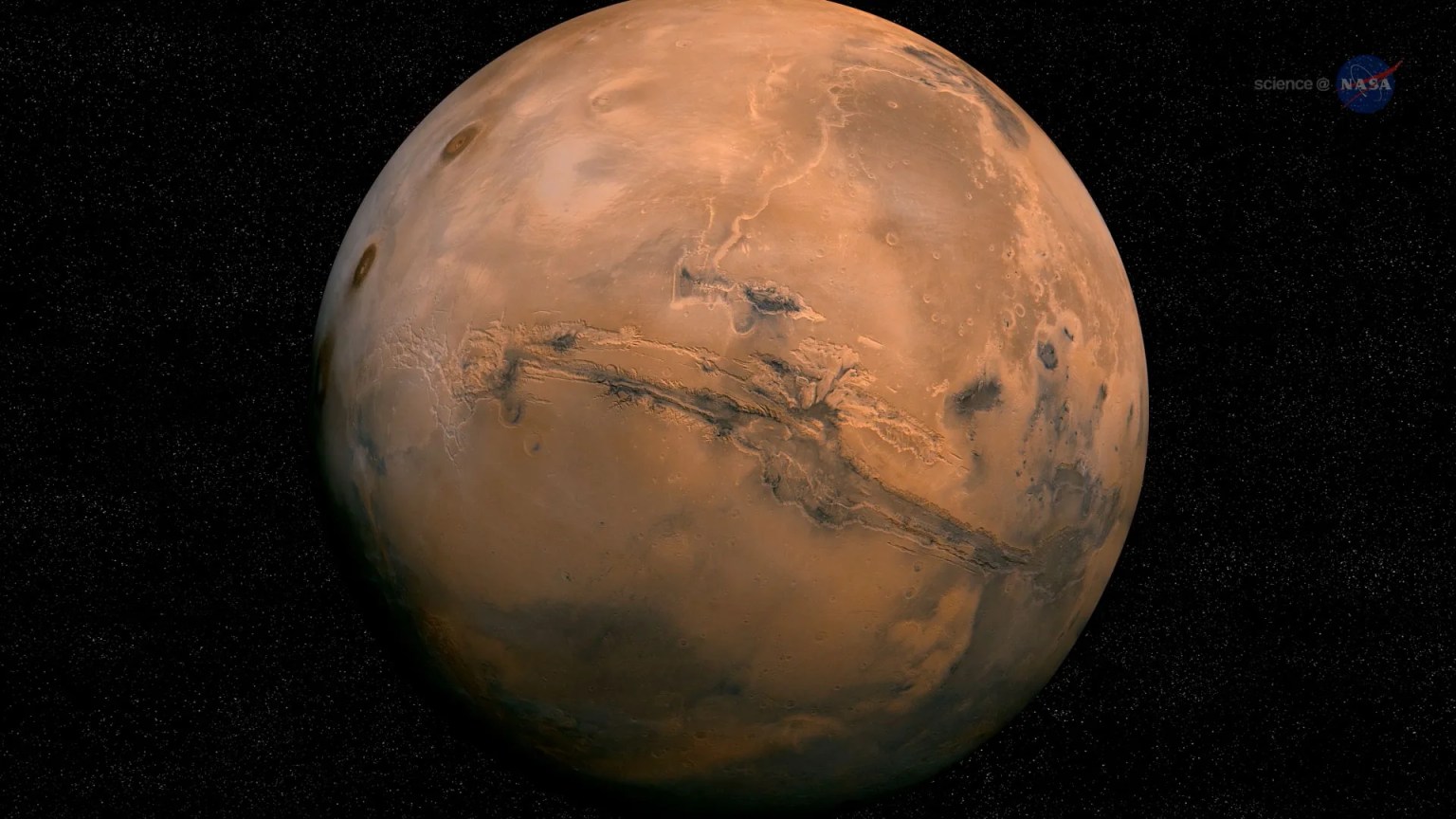
Explore this collection of Mars images, videos, resources, PDFs, and toolkits. Discover valuable content designed to inform, educate, and inspire,…
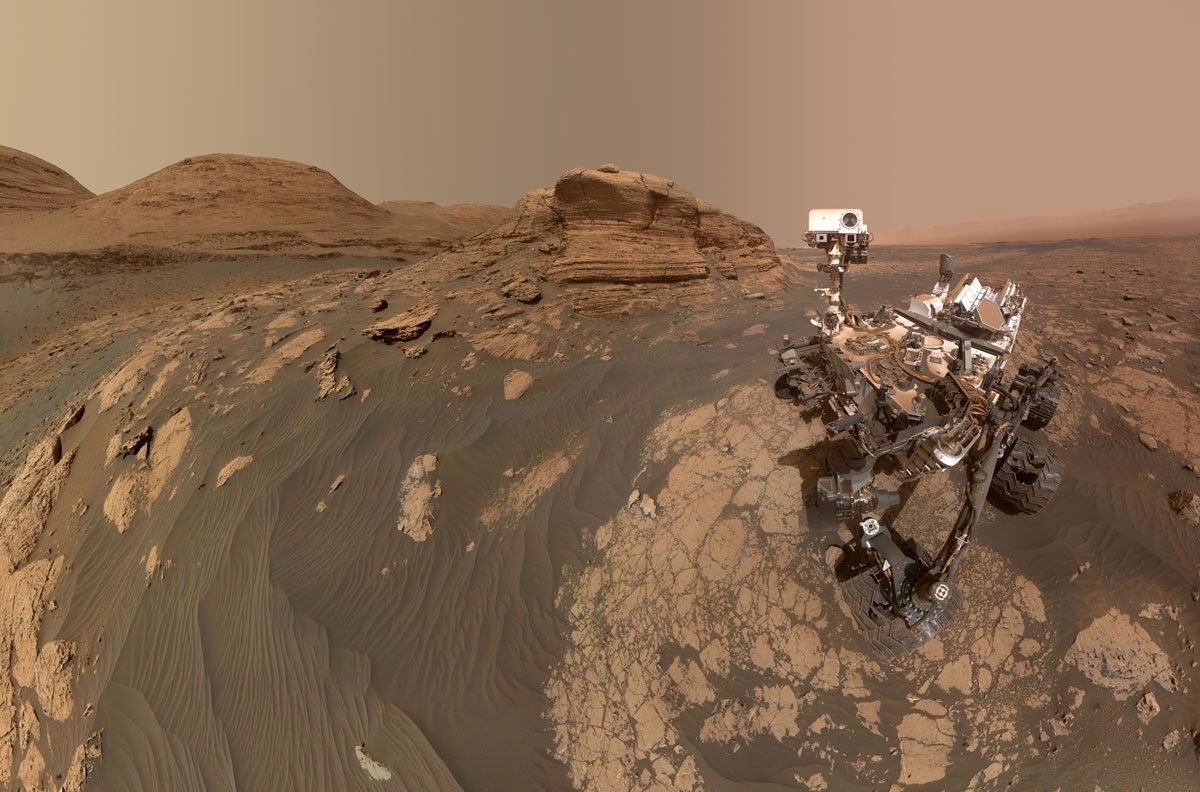
Each robotic explorer sent to the Red Planet has its own unique capabilities driven by science. Many attributes of a…
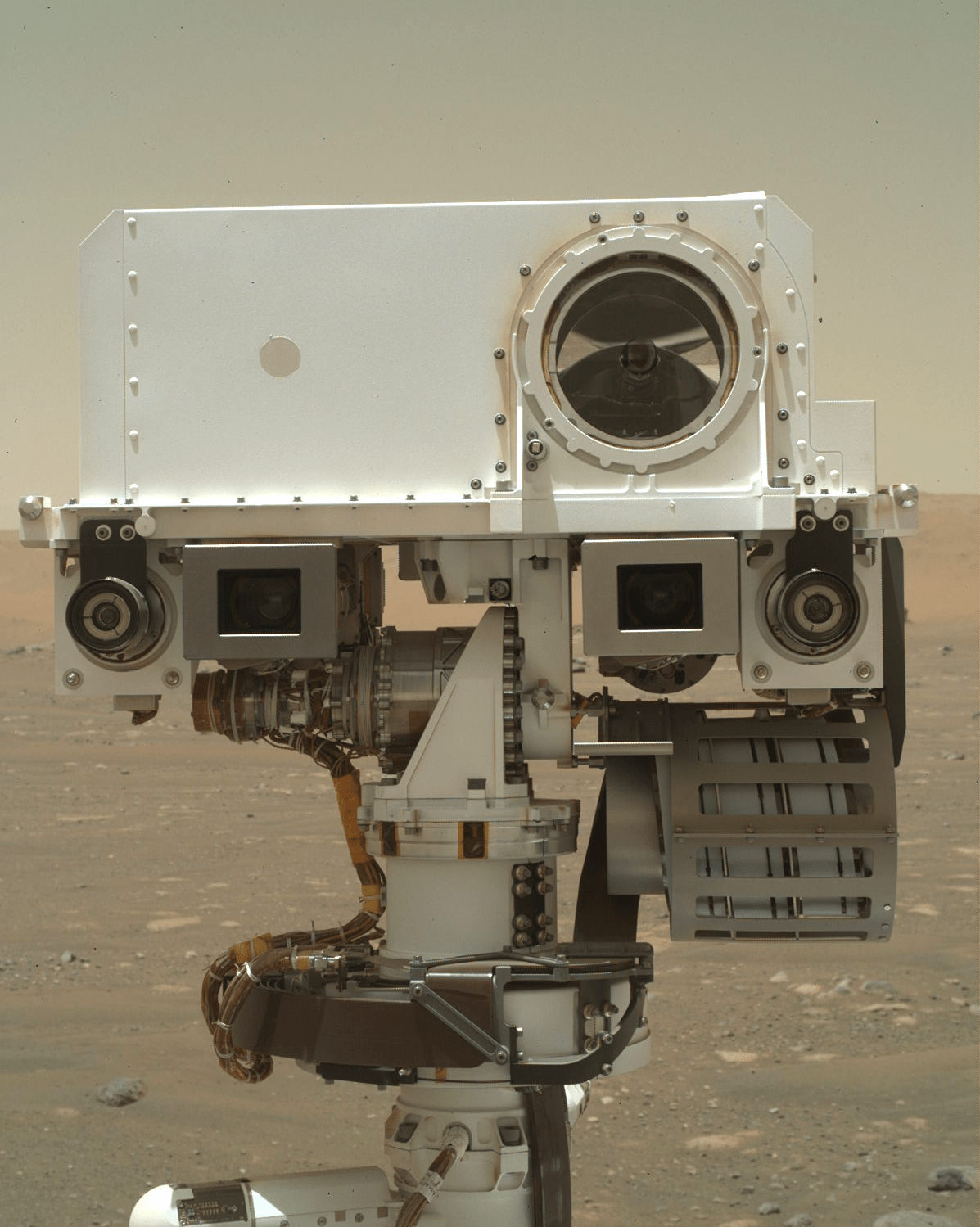
Mars Exploration: Science Goals
The key to understanding the past, present or future potential for life on Mars can be found in NASA’s four…
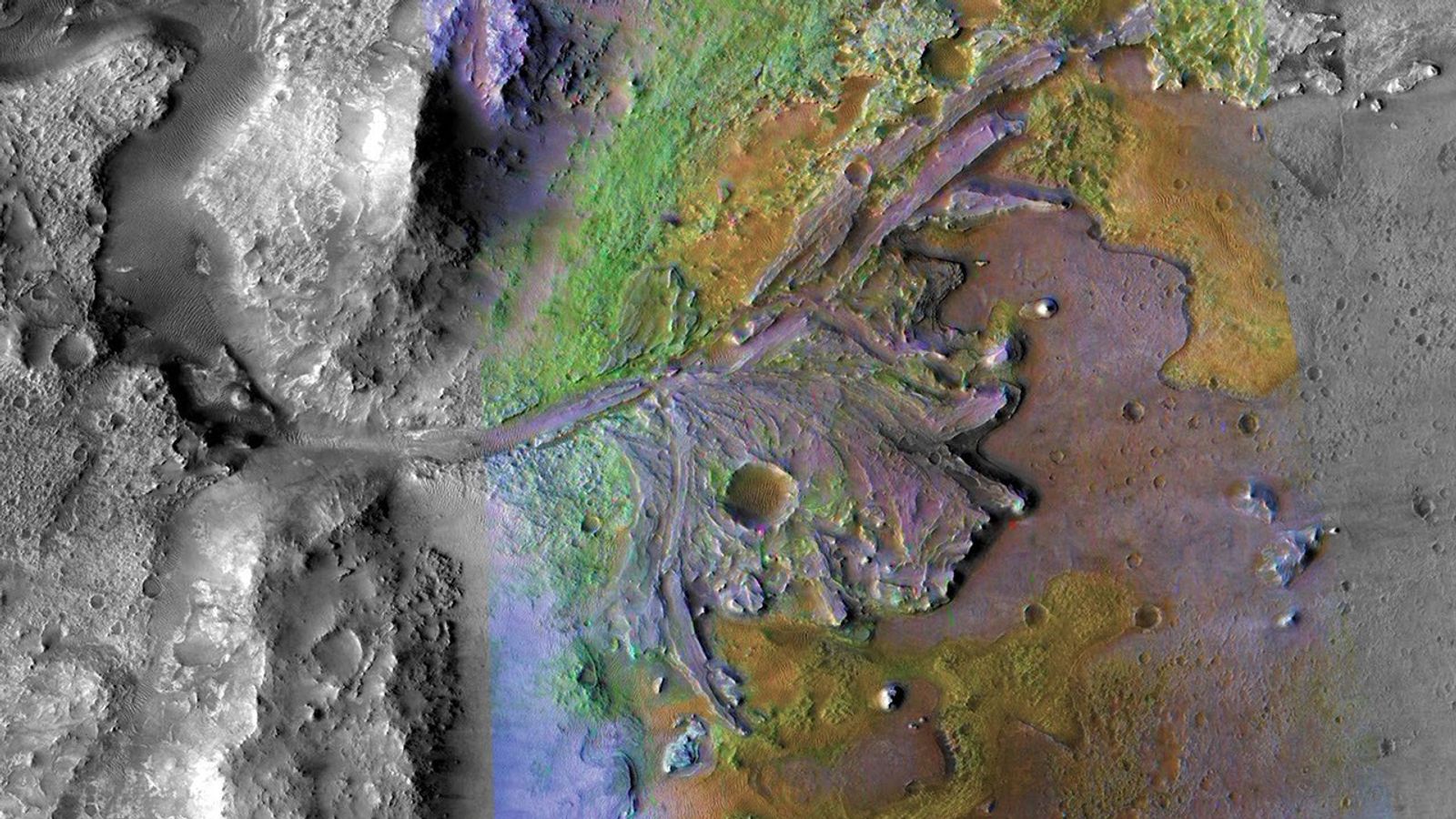

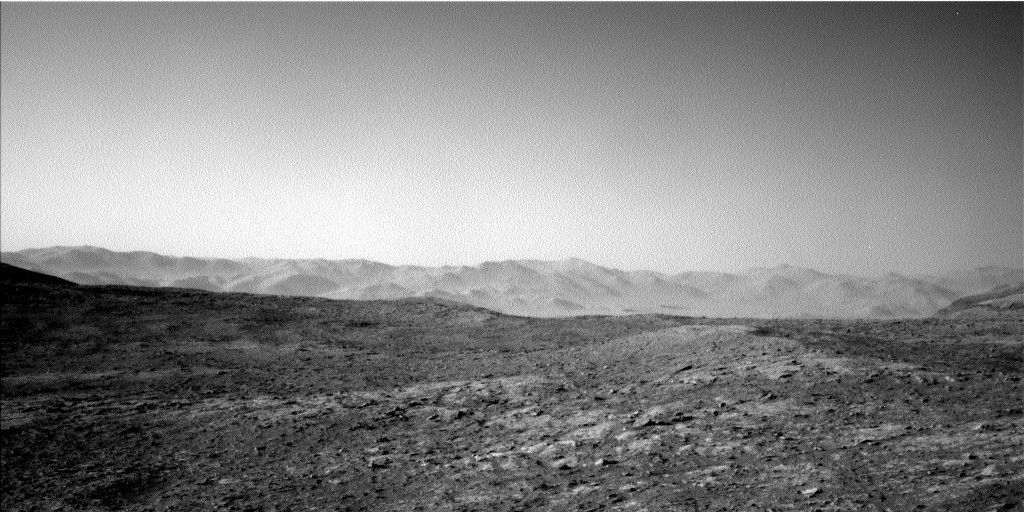
 2 min read Clay Minerals From Mars’ Most Ancient Past?
2 min read Clay Minerals From Mars’ Most Ancient Past?
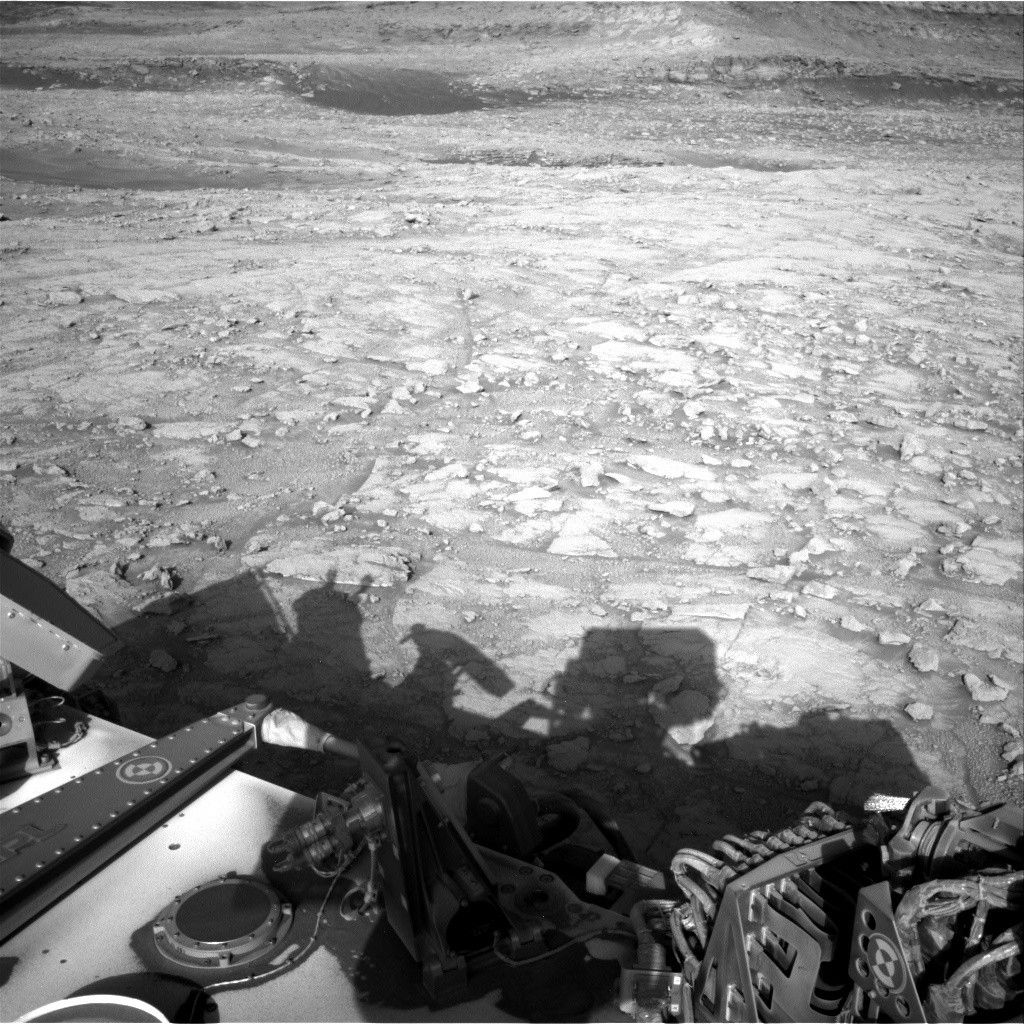 4 min read Curiosity Blog, Sols 4577-4579: Watch the Skies
4 min read Curiosity Blog, Sols 4577-4579: Watch the Skies
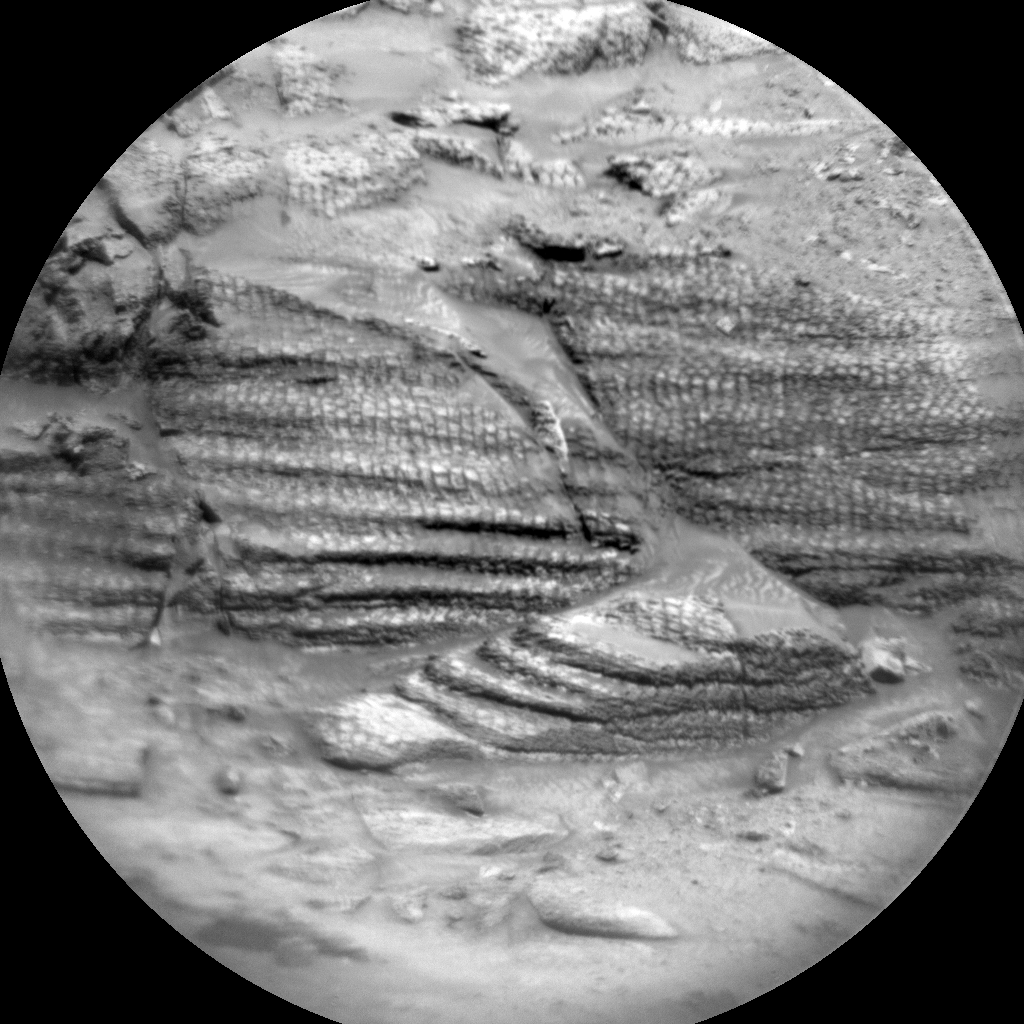 2 min read Curiosity Blog, Sols 4575-4576: Perfect Parking Spot
2 min read Curiosity Blog, Sols 4575-4576: Perfect Parking Spot
